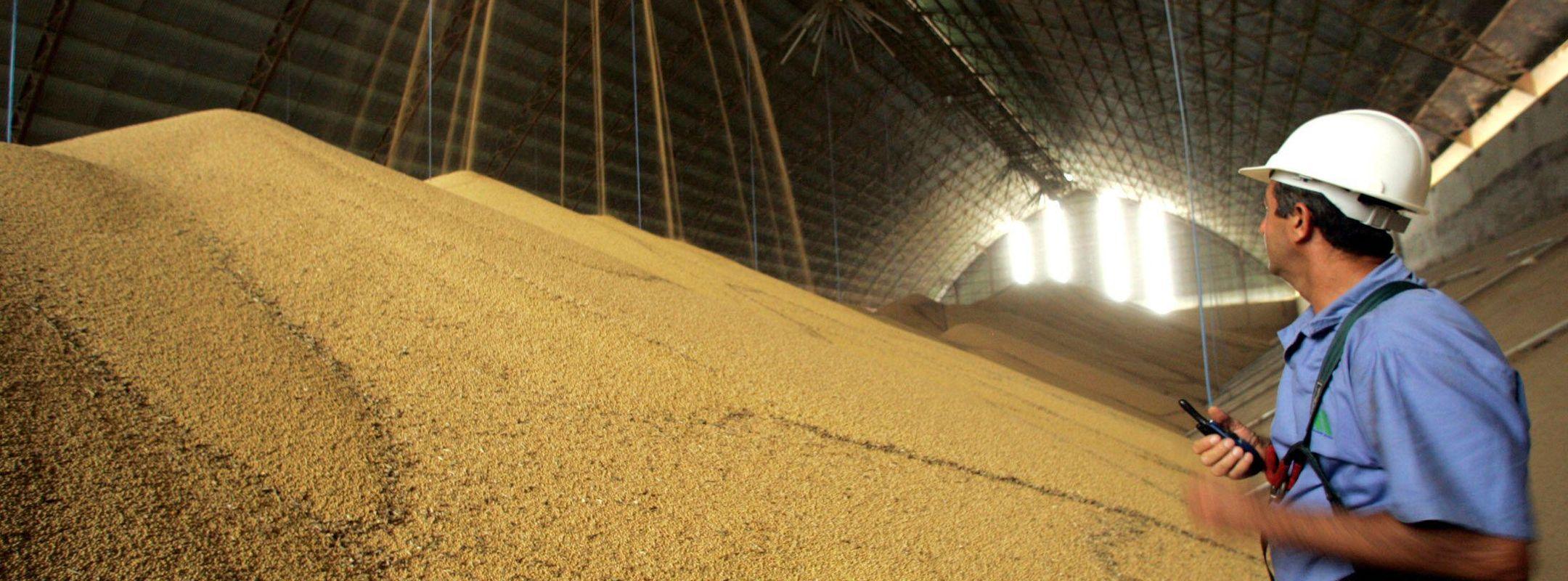Connecting exports of Brazilian soy to deforestation
7 Dec 2022
10 min read
While the rate of deforestation and land conversion driven by the expansion of soy production in Brazil has slowed, the Amazon and Cerrado continue to be cleared despite zero-deforestation commitments made by soy traders, according to Trase data for 2019-2020. Land clearance in the Pampas grasslands is accelerating to meet growing demand for soy, including from China.

REUTERS/Paulo Whitaker